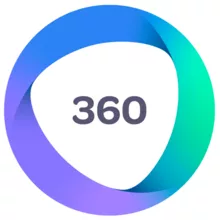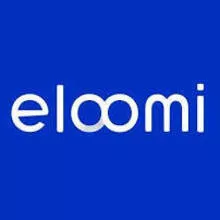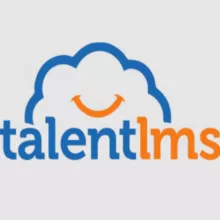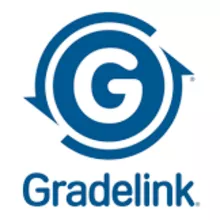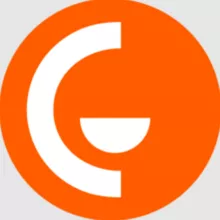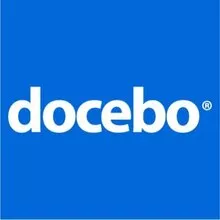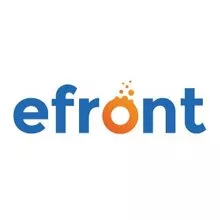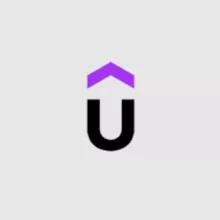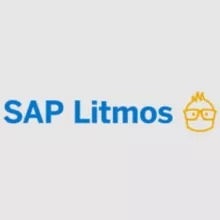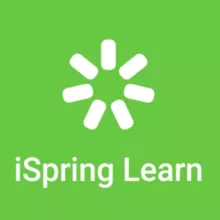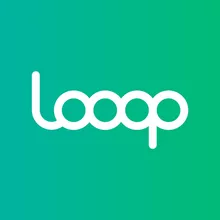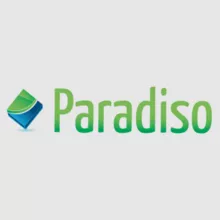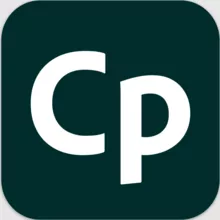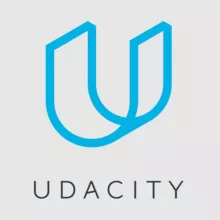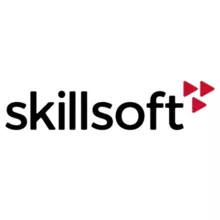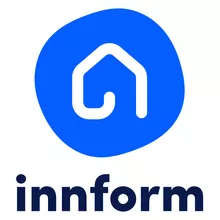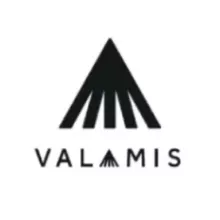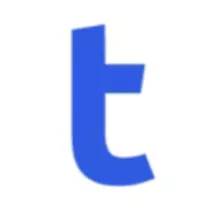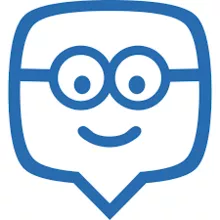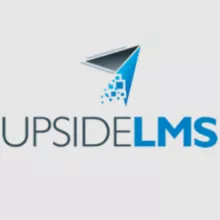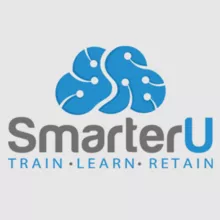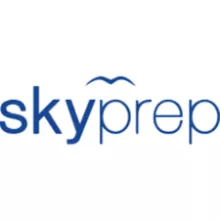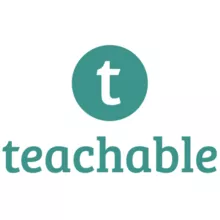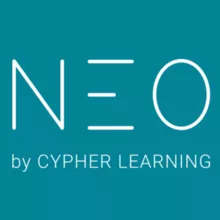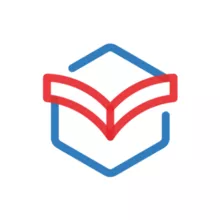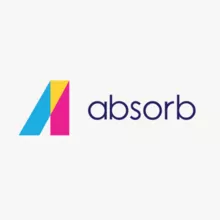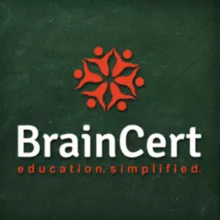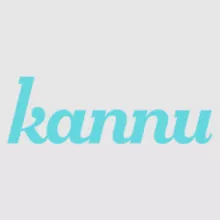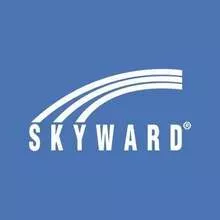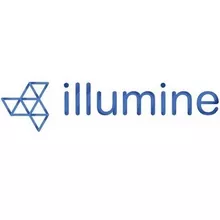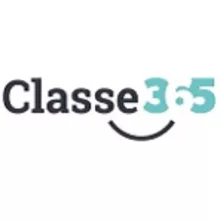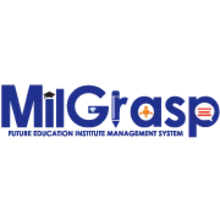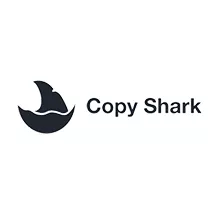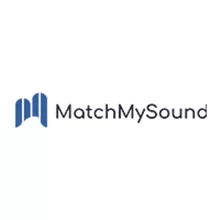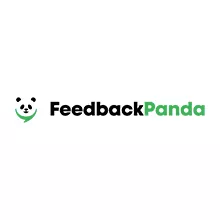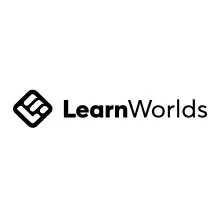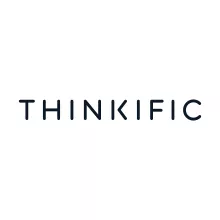A.I collaborative learning to upskill from within
A massive open online course (MOOC) is a free internet distance learning programme targeted at large groups of students from around the world.
A MOOC can be arranged similarly to a college or university course. Although these courses rarely grant academic credit, they may provide a certificate, increase employment opportunities, or lead to further studies. MOOCs are commonly used for professional development and higher education. However, many public school districts and undergraduate degree programmes have adopted MOOCs as the new standard due to the coronavirus outbreak.
How does Mooc work?
MOOCs (Massive Open Online Courses) are online courses that students can access from anywhere in the world. These courses usually comprise of traditional classroom material that has been made available online, such as:
- Filmed or recorded video lectures
- Readings
- Problem sets
- Online quizzes and examinations
- Interactive learning modules
- Students can interact with one another in forums.
A course provider and a course platform are often included in each MOOC. A popular course provider is a university, which provides both course materials and instructors. Platforms like EdX , Canvas, Coursera, and Udacity provide the technological foundation for course modules, user access, and other learning materials.
Locating MOOCs
Colleges are the most common MOOC providers, although corporations can also participate. Prestigious educational institutions and schools such as Harvard, MIT, and Stanford offer online courses. Online courses are available from Microsoft and Accenture, for example. When choosing a MOOC to participate in, make sure the course aligns with the student's educational and career goals.
Costs, enrollment, and pace of MOOCs
What does it cost to take a MOOC? Costs may vary substantially in terms of pricing and organization. Although many MOOCs are free, online degree programmes that include a collection of courses can cost tens of thousands of dollars.
Two crucial aspects to consider are enrollment and tempo. Depending on the course or programme, this changes. Non-university credit courses, for example, are frequently open to the public. On the other hand, traditional admissions processes are routinely used in online degree programmes. Certified MOOCs can be self-paced or follow a shortened timetable, taking as little as eight weeks to complete. Classes are given for university credit and often follow a course plan as part of the online degrees. Still, certified MOOCs can be self-paced or follow a shortened timetable, taking as little as eight weeks to complete.
Synchronous courses demand live attendance and strict adherence to a course schedule, whereas asynchronous courses are more flexible and self-paced.
Advantages of Mooc
- A social networking site can help you learn from your pals.
- The course is available for free.
- Professors recommend the material.
- The course material for MOOCs has been chosen by prominent university academics.
- It enables you to study a variety of languages.
- MOOCs that include language-based learning prepare students for admission exams in a variety of languages.
- These types of classes are open to everybody: MOOCs are available to everyone unable to attend normal classes due to time or financial constraints. When a course you want to take isn't offered at your college, you'll have to go to a MOOC provider to complete it.
- Select a major: If you're having a conflict in deciding on a college major, you can try out a MOOC first. This will give you first-hand experience with the subject you want to study in college. Rather than choosing that course at college and wasting your time and money, you can find out how intriguing that subject is by taking a MOOC.

